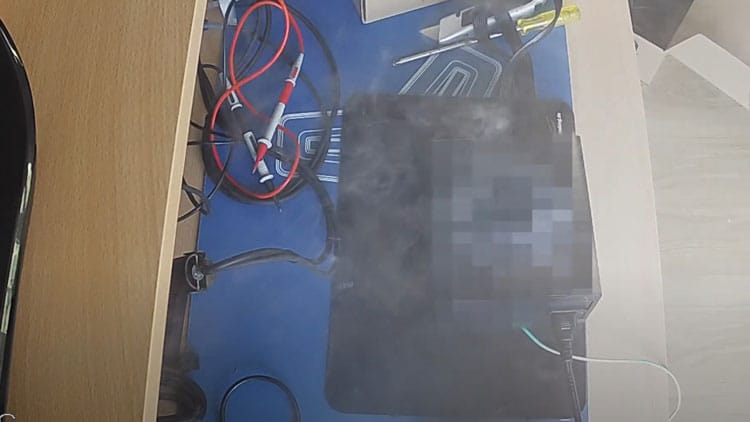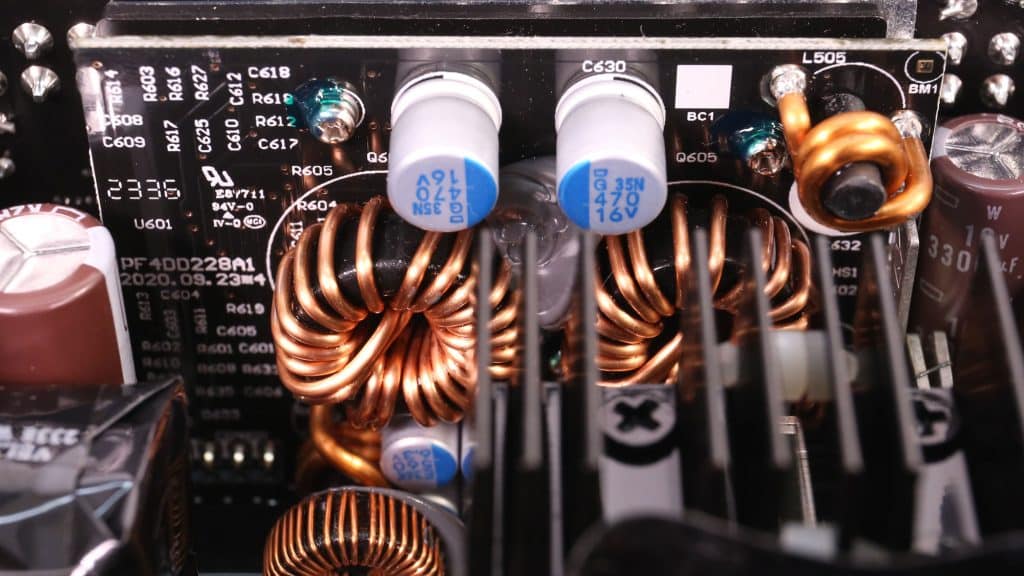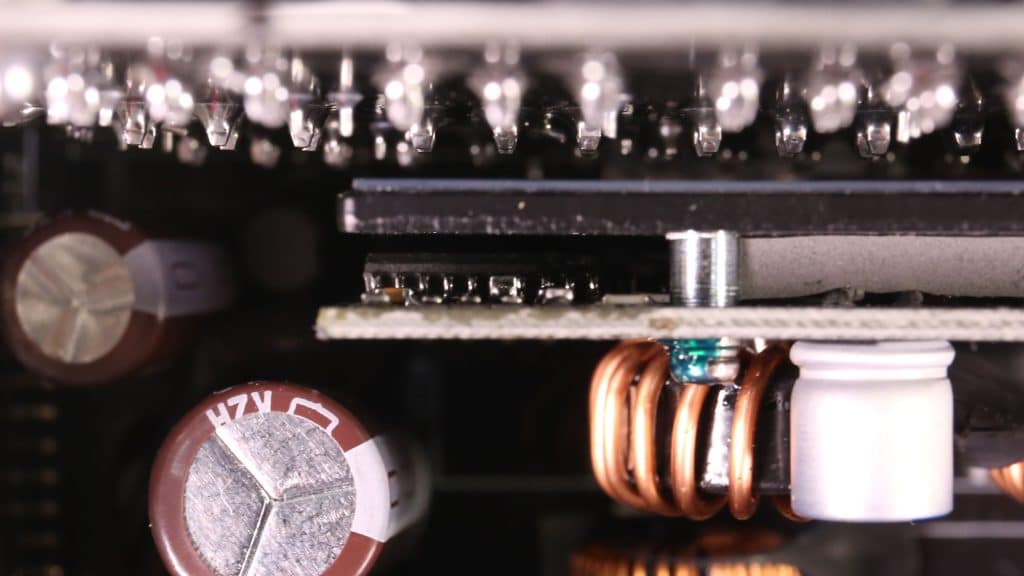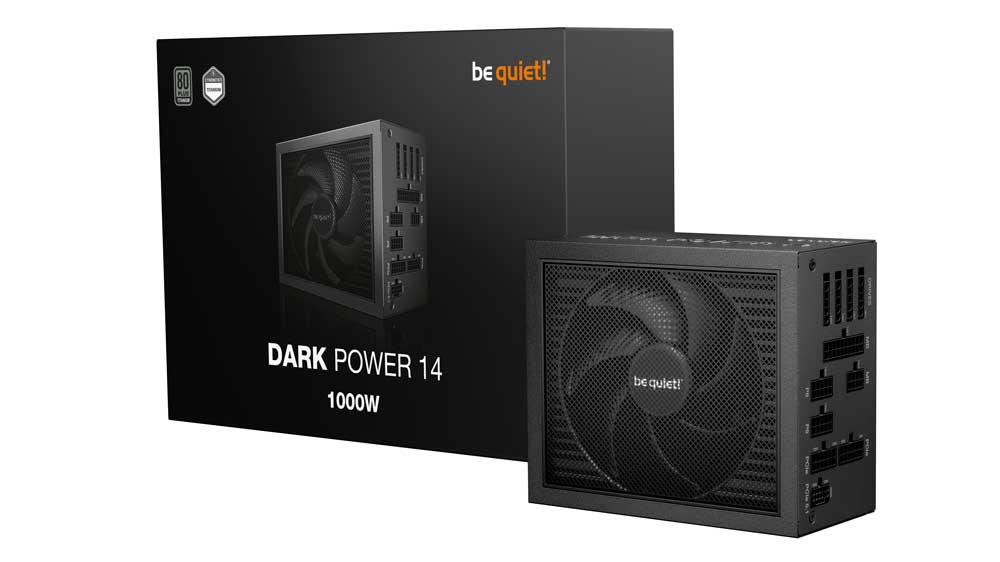During all these years of evaluating power supplies, while I have made several good friends, many engineers don’t like me so much because I typically push them to make improvements and changes to their designs. Most engineers see their designs as their babies, hence flawless, but this is far from the truth since the general and hard fact is that there is NO perfect product.
In this article, I will try to explain some basic notions regarding two of the most repeated “mistakes” that I see in a PSU’s protection features: the overcurrent and overpower protection features. For example, I will use a top-performing PSU, the Seasonic Prime Noctua TX-1600.
| OCP (Normal @ 29.7°C) | 12V: 177.20A (132.90%), 12.012V 5V: 34.6A (138.40%), 4.984V 3.3V: 36.7A (146.80%), 3.293V 5VSB: 5A (166.67%), 5.225V |
| OCP (Hot @ 44.2°C) | 12V: 176.20A (132.15%), 12.003V 5V: 34.5A (138.00%), 4.977V 3.3V: 36.8A (147.20%), 3.293V 5VSB: 4.6A (153.33%), 5.224V |
| OPP (Cold @ 31.1°C) | 2146.67W (134.17%) |
| OPP (Hot @ 44.9°C) | 2107.23W (131.70%) |
On purpose, I removed the rest of the protection features and only left OCP and OPP. Let’s take each rail and explain what is going wrong here.
12V Rail
The OCP at 12V at normal temperatures is set too close to the one at high temperatures. With a 14.5°C temperature difference, we only see OCP dropping for 1 Ampere. Someone can argue here. Okay, Aris, the PSU survived your test and shut down. Yes, this is the case indeed, but what about the huge stress that it took till it shut down, and what if a user applies even higher temperatures? I went up to 44.2°C, but a user could push it over 50°C. What then? Why not leave a larger margin and enhance the 12V OCP’s effectiveness under high temperatures? After all, this is a high-power PSU already, so why let it go so high till you decide to shut it down at hot temperatures? It is like having a high-rev engine operating above its limit for prolonged periods and under high temperatures. It gets stressed a lot, and for no reason, if it is already powerful at its normal-high RPM.
Why they didn’t make the protection feature tighter under stressful conditions?
The reply is that it needs extra work from an engineering perspective. It doesn’t need extra components, but it needs more time to fine-tune the protection features, and most engineers don’t want to spend this extra time. They say, okay, the PSU survives the tests (not on all usage scenarios, though since it is impossible to take them all into account), so let’s move to the next subject. This is not what I would say, though!
5V Rail
At 5V, the difference between the normal and high-temperature OCP is just 0.1A, despite the 14.5°C temperature difference. In this PSU, the VRMs come in contact with a small, flat heatsink through thermal pads. We should not forget the weaker fan compared to the original Hong Hua that the “plain” TX-1600 uses and the more relaxed fan speed profile. Nonetheless, as you can see in the data depicted below, both fans spin at the same RPMs with a full load applied at 5V or 3.3V only. The exhaust temperatures are way higher, though, in the Noctua-edition model. The high delta difference between the PSU’s inlet and exhaust means that there is a notable thermal load on the VRMs, so it is prudent not to over-push them beyond their limits, and this is where the proper OCP setting comes into play.
3.3V Rail
At 3.3V, we notice two weird things:
- Although this rail is only lightly used in modern systems, its OCP triggering point is still higher than the 5V rail’s! Does this make any sense? Absolutely not. Someone can argue here. OK, from the moment it doesn’t break the PSU, why bother? Because you allow for a weak link in the PSU’s protection features. Why let this rail go so high in the first place, from the moment it is underused? To add another possible stress factor to the equation?
- To add insult to injury, is the 3.3V rail’s OCP triggering point higher at high temperatures than at normal ones? It is like having an engine REV limiter set slightly higher at high operating temperatures, where the stress is also higher! Why do that unless you want to leave room for failure?
Conclusion
I am very strict regarding protection features because destroying a PC part is only half the story. The other half concerns the possible dangers this can bring to the rest of the PC parts and even the user’s life! I might sound dramatic, but I prefer to remain safe rather than have a power failure, which can even be a fire hazard. Like in coding, where you try to find ways to avoid wrong user input or wrong parameters being accepted and leading to a crash, the same goes for PSU protections, where you must not provide any room for possible mishandling.
Bonus Content
An example of PSU failing to get the meaning.







How long does it actually take to fail/go out of spec, if you run it continuously at 2kW @ 45°C? It seems to me that the last word on whether the OPP/OCP settings are adequate is whether or not they protect the PSU from failure caused by excess power or current.
Have bulk caps exploded?
But who does the tests with socks?
LOL